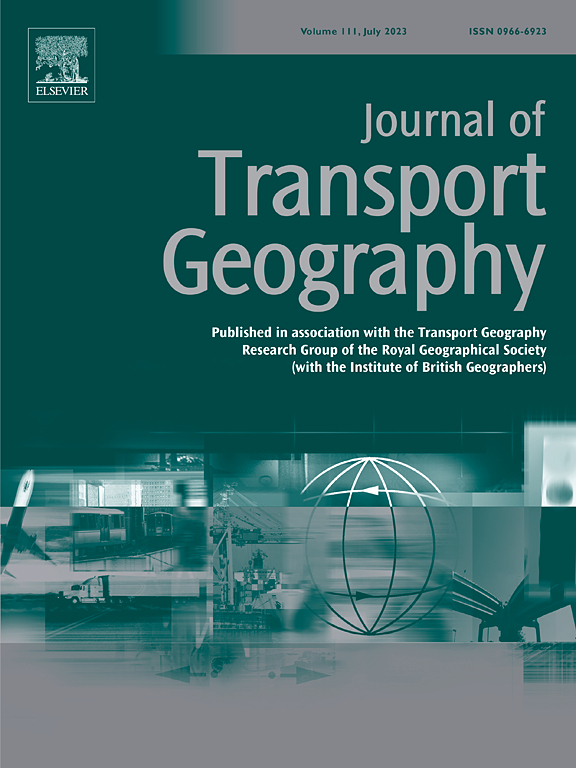Understanding rail users' mode choice behavior for first and last mile travel
IF 5.7
2区 工程技术
Q1 ECONOMICS
引用次数: 0
Abstract
The first and last mile (FLM) travel is a challenge that affects urban rail usage and in some cases increases dependence on personal vehicles for accessing transit nodes. While previous studies have explored FLM travel, there is limited research that thoroughly examines the influence of street-level built environment factors on mode choice behavior and how these factors affect groups based on car dependency. This study analyzes rail users' mode choice behavior in Atlanta, focusing on socio-demographic traits, built environment, and trip characteristics. The study explores the varying impacts of these factors on two distinct groups: those with and without access to private cars by conducting segmented models. This nuanced approach helps explain why one may opt for walking or taking transit, even though they may have access to a car. Pooled model analyses confirm the significance of these factors in determining mode choice, with parking availability surprisingly not influencing car use. Segmented model results reveal that bus-specific factors, such as service frequency, number of transfers, fare discounts, and bus stop accessibility, significantly influence bus usage for both FLM travel, notably even among individuals with access to cars. Additionally, the greenery and building-to-street ratio along streets enhance walking appeal. By improving these aspects, urban planners and policymakers can effectively encourage the use of sustainable FLM travel options, thereby enhancing urban mobility and reducing the reliance on private vehicles.
求助全文
约1分钟内获得全文
求助全文
来源期刊

Journal of Transport Geography
Multiple-
CiteScore
11.50
自引率
11.50%
发文量
197
期刊介绍:
A major resurgence has occurred in transport geography in the wake of political and policy changes, huge transport infrastructure projects and responses to urban traffic congestion. The Journal of Transport Geography provides a central focus for developments in this rapidly expanding sub-discipline.
 求助内容:
求助内容: 应助结果提醒方式:
应助结果提醒方式:


